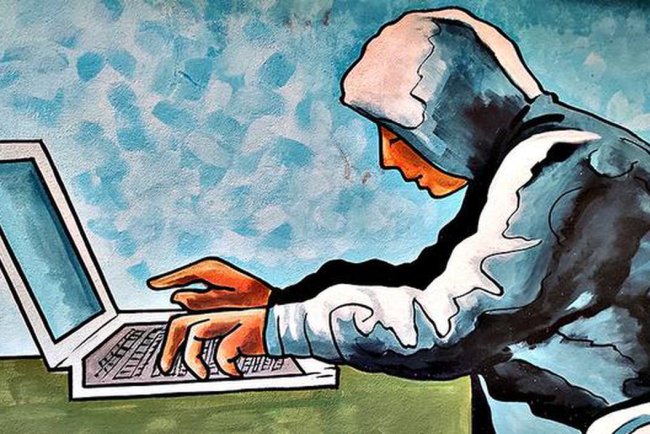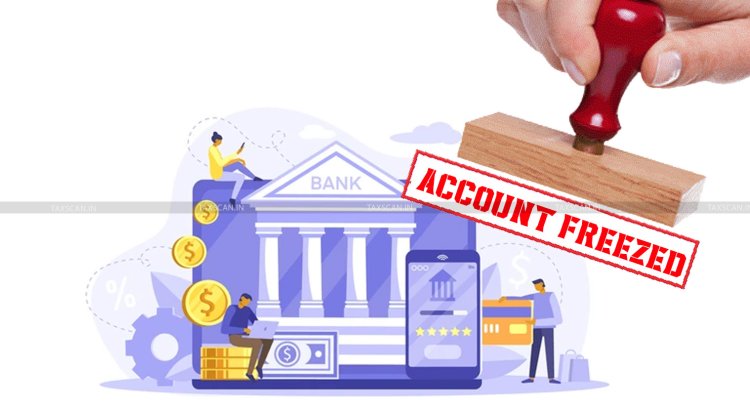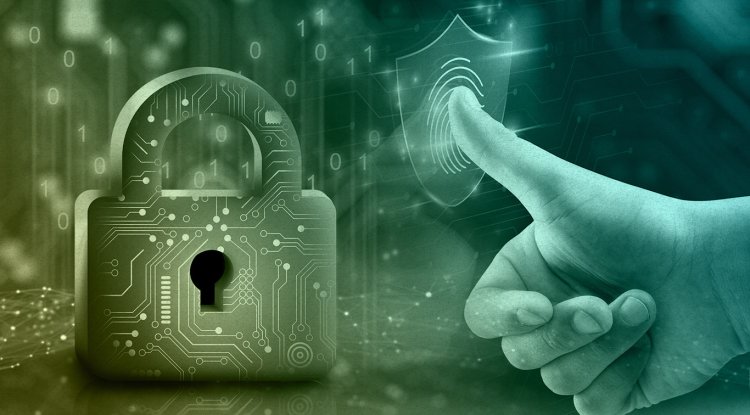Social media sites are encouraged by the government to report child abuse content through the Sahyog Portal.
I4C has directed social media intermediaries to join the Sahyog Portal, a centralized network created for real-time takedown requests under the Information Technology (IT) Act, as part of a broader assault on CSAM

I4C has directed social media intermediaries to join the Sahyog Portal, a centralized network created for real-time takedown requests under the Information Technology (IT) Act, as part of a broader assault on CSAM. Following a recent ruling by the Supreme Court that broadened the responsibilities of tech businesses under Indian law—more especially, the Protection of Children from Sexual Offenses (POCSO) Act—the direction was issued.
Bypassing drawn-out legal procedures and facilitating prompt action against illegal and exploitative content affecting kids, the Sahyog Portal enables selected government agencies to issue takedown notices to platforms. In addition, I4C has requested that platforms:
1 Designate coordinators as nodal officers.
2 Create APIs to automate portal integration, submit reports on a regular basis, and exchange best practices.
3 Use AI technologies to proactively identify CSAM
4 Conduct public education campaigns about women's and children's cyber safety.
Conflict with International Tech Companies Regarding Compliance and Jurisdiction
US-based digital platforms have opposed the measure, claiming that it could put them in violation of US law, even though Indian officials are hailing it as an essential step in safeguarding vulnerable consumers.
Companies like Google and Meta are currently required by U.S. law to report CSAM exclusively to the National Center for Missing and Exploited Children (NCMEC). These reports can be forwarded to India's National Crime Records Bureau (NCRB), which forwards them to the appropriate state police units, thanks to a memorandum of understanding (MoU) between NCMEC and the Indian government.
However, the Indian Supreme Court's 2024 ruling mandated that intermediaries report CSAM directly to Indian authorities, with Sahyog serving as the formal reporting channel, in addition to NCMEC.
Companies like Meta, Reddit, Snap Inc., and ShareChat voiced legal concerns during a meeting with I4C on January 30. They claimed that having to comply with both Indian and U.S. laws puts them in an impossible situation. Going further, X (Twitter), which is already suing the Indian government in the Karnataka High Court, referred to Sahyog as a "censorship portal"—a designation that sparked fierce opposition from Indian officials.
India's CSAM Burden Increases in the Face of Domestic and International Criticism
According to data from the NCRB and international watchdogs, India has become one of the nations with the most CSAM-related reports. A more forceful policy response has resulted from authorities noticing a dramatic rise in the spread of such content on social media sites.
An increase in CSAM reports on the National Cybercrime Reporting Portal has also raised concerns among cybersecurity officials. I4C is now advocating for greater proactive detection, transparency, and quick compliance systems in response, indicating a change from passive regulation to accountability in real time.
Although the Sahyog Portal's deployment aims to improve online child protection and expedite cross-agency communication, the conflict with international platforms could turn into a larger discussion about jurisdictional overreach, digital sovereignty, and cross-border law enforcement collaboration.
Follow cyberdeepakyadav.com on
Facebook, Twitter, LinkedIn, Instagram, and YouTube
What's Your Reaction?






















